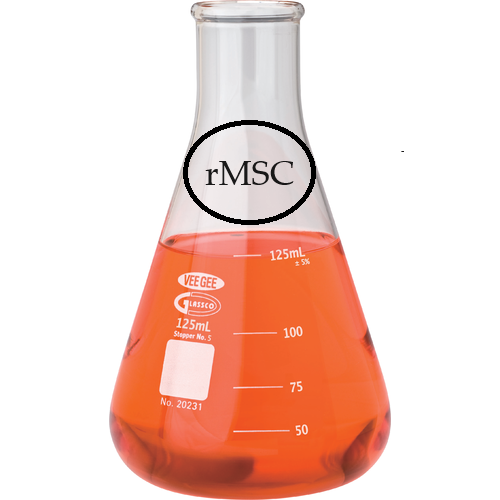REACH
Regulation on the duties placed on registrants to update their registrations under Regulation (EC) No 1907/2006 of the European Parliament and of the Council concerning the Registration, Evaluation, Authorisation and Restriction of Chemicals (REACH).
REACH is a regulation of the European Union, adopted to improve the protection of human health and the environment from the risks that can be posed by chemicals, while enhancing the competitiveness of the EU chemicals industry. It also promotes alternative methods for the hazard assessment of substances in order to reduce the number of tests on animals.
In principle, REACH applies to all chemical substances and has an impact on most companies across the EU.
REACH places the burden of proof on companies. To comply with the regulation, companies must identify and manage the risks linked to the substances they manufacture and market in the EU. They have to demonstrate to the authorities how the substance can be safely used, and they must communicate the risk management measures to the users.
If the risks cannot be managed, authorities can restrict the use of substances in different ways. In the long run, the most hazardous substances should be substituted with less dangerous ones.
BPR
The Biocidal Products Regulation (BPR, Regulation (EU) 528/2012) concerns the placing on the market and use of biocidal products, which are used to protect humans, animals, materials or articles against harmful organisms like pests or bacteria, by the action of the active substances contained in the biocidal product. This regulation aims to improve the functioning of the biocidal products market in the EU, while ensuring a high level of protection for humans and the environment.
CLP
The Classification, Labelling and Packaging (CLP) Regulation ((EC) No 1272/2008) is based on the United Nations’ Globally Harmonised System (GHS) and its purpose is to ensure a high level of protection of health and the environment, as well as the free movement of substances, mixtures and articles.
CLP is legally binding across the Member States and directly applicable to all industrial sectors. It requires manufacturers, importers or downstream users of substances or mixtures to classify, label and package their hazardous chemicals appropriately before placing them on the market.
One of the main aims of CLP is to determine whether a substance or mixture displays properties that lead to a hazardous classification. In this context, classification is the starting point for hazard communication.
When relevant information (e.g. toxicological data) on a substance or mixture meets the classification criteria in CLP, the hazards of a substance or mixture are identified by assigning a certain hazard class and category. The hazard classes in CLP cover physical, health, environmental and additional hazards.
Once a substance or mixture is classified, the identified hazards must be communicated to other actors in the supply chain, including consumers. Hazard labelling allows the hazard classification, with labels and safety data sheets, to be communicated to the user of a substance or mixture, to alert them about the presence of a hazard and the need to manage the associated risks.
CLP sets detailed criteria for the labelling elements: pictograms, signal words and standard statements for hazard, prevention, response, storage and disposal, for every hazard class and category. It also sets general packaging standards to ensure the safe supply of hazardous substances and mixtures. In addition to the communication of hazards through labelling requirements, CLP is also the basis for many legislative provisions on the risk management of chemicals.
DWD
The Drinking Water Directive’s (DWD; (EU) 2020/2184) mission is to keep people and the environment safe from any harm that contaminated drinking water might cause. It also wants to make sure everyone has access to clean, refreshing water. The DWD first came into force on 12 January 2021, following a review of the original Drinking Water Directive from 1998.It has introduced harmonised rules about materials that come into contact with water meant for our consumption throughout the EU. The new regulatory framework includes:
- A list of approved substances, compositions and constituents that can be used when making materials that come into contact with drinking water.
- A way of assessing risks and the information needed to review these approved substances, compositions and constituents.
- A process for updating the list.
By the end of 2025, businesses and national authorities can let ECHA know about any changes they want to make to the European positive lists. Then, from the end of 2026, they can start submitting their applications to ECHA to add new entries and to change or remove existing ones from the European positive lists.
